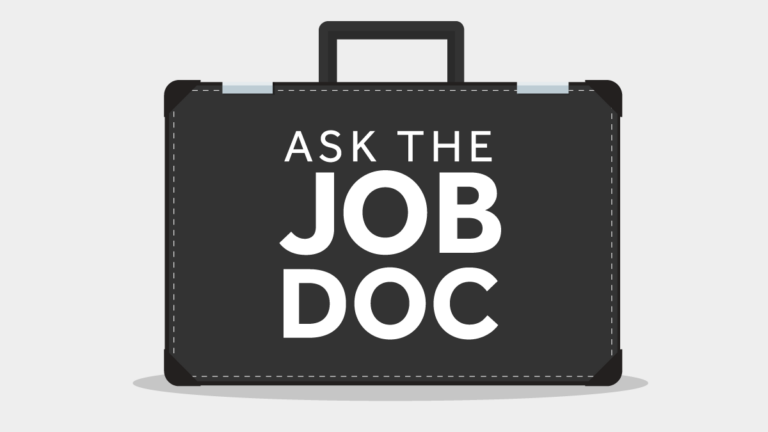Job Doc
Business attire has changed over the years. Whether it’s a formal event or business casual, Elaine Varelas advises on some of the best practices when selecting your professional wardrobe.
Q: I’m trying to create my business wardrobe for a professional office setting. They say it’s business casual. What exactly does that mean?
A: Exciting for you that you’re developing a business wardrobe for a more professional setting. That must mean you’re returning to the office or you’re wondering what to wear from the waist up for Zoom calls. Let’s start with business casual attire for Zoom calls. You want to make sure you’re perceived as a professional by others on the call, but it doesn’t have to be a fashion show. People will make judgements about how you present. Your goal is to have them say: “looks good, no issues,” and then move on. Everything that you’re doing as you are creating a professional wardrobe or image is part of developing presence. It often starts with how you look and works its way to deeper levels of how you come across, how you speak, and whether you are authentic. Eventually, this presence relates to people choosing to work with you or to follow you if you are a leader.
General business wardrobe used to be a full suit for men and women. However, business casual has relaxed these rules of attire to include polo shirts for men or women, casual slacks (typically not including jeans for men and women), more professional shoes that don’t include sandals or sneakers, nothing remarkably revealing (buttoned-up shirt and appropriate skirt length for work), and minimal accessories. Similar rules would go for grooming – professional hair that doesn’t dominate your face (as in facial hair), pulling back or putting up remarkably long hair for men and women, and fingernails that allow for professional handshakes and keyboarding.
Natural hair is acceptable, and it is illegal for any action to be taken against you for wearing your hair naturally. This also includes religious items such as the hijab and yarmulke, which are an acceptable part of professional attire as well.
Most organizations want to encourage employees to be comfortable at the workplace while also limiting embarrassment if there’s a customer walkthrough. However, don’t overextend your budget for an office wardrobe. Recognize that there may be business occasions that call for a bigger investment piece, like a more professional jacket or suit for interviewing or an important customer event.
Other industries are more relaxed. Look around you, take note of how others are dressed – these are good indicators of how you should present yourself at your organization. The most important thing is that you don’t stand out in a negative way and that your work speaks loudly about your value to the organization, not your clothes.
Newsletter Signup
Stay up to date on all the latest news from Boston.com






